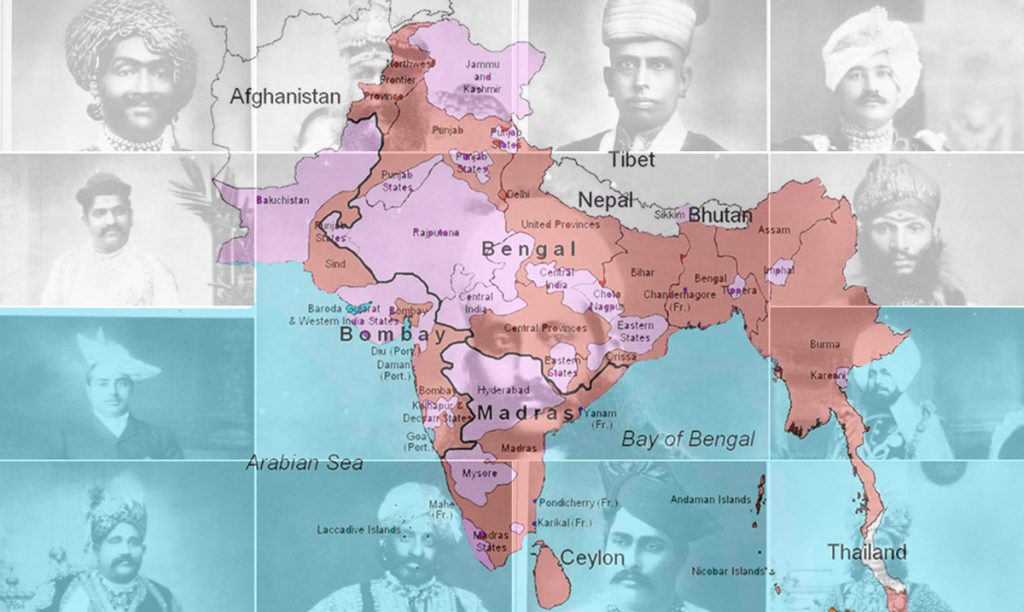
The researcher argues that the periphery while responding to a ‘jurisdictional imperialism’ upended interational law’s civilisation-giving thesis by exporting law to the metropole.
Author
Prabhakar Singh, Associate Professor and Executive Director, Centre for International Legal Studies, Jindal Global Law School, O.P. Jindal Global University, Sonipat, Haryana, India
Summary
The role of the roughly 600 Indian princely kingdoms in the transformation of the law of nations into international law during the 19th century is an overlooked episode of international legal history.
The Indian princely states effected a gradual end of the Mughal and the Maratha confederacies while appropriating international legal language.
The Privy Council—before and after 1858—sanctified within common law as the acts of state, both, the seizure of territories from Indian kings and the ossification of encumbrances attached to the annexed territories.
After the Crown takeover of the East India Company in 1858, the British India Government carefully rebooted, even mimicked, the native polyandric relationship of the tribal chiefs, petty states and semi-sovereigns with the Mughal–Maratha complex using multi-normative legal texts.
Put down in the British stationery as engagements, sunnuds and treaties, these colonial texts projected an imperially layered nature of the native sovereignty.
The author challenges the metropole’s claims of a one-way export to the colonies of the assumed normative surpluses. The researcher argues that the periphery while responding to a ‘jurisdictional imperialism’ upended interational law’s civilisation-giving thesis by exporting law to the metropole.
Published in: Journal of International Dispute Settlement
To read the full article, please click here


